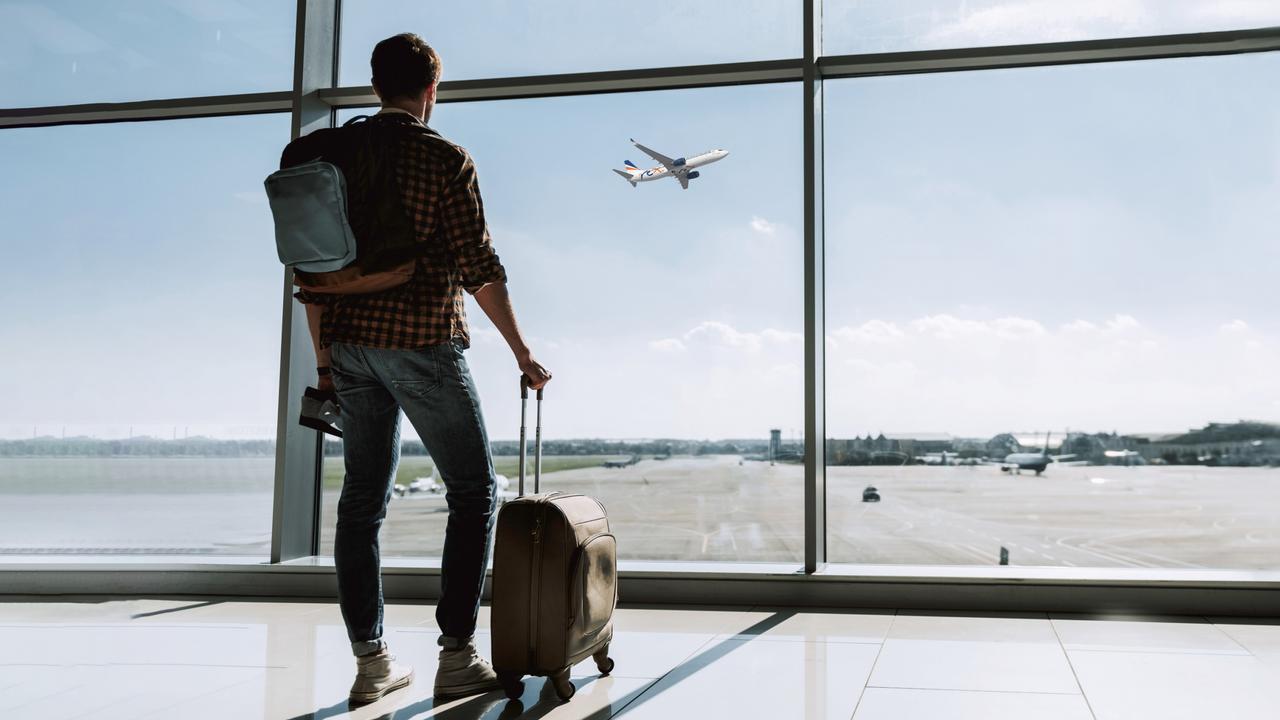Regulation needed as drones threaten planes
This week a British Airways A320 was apparently struck by a drone as it landed at Heathrow.
We were warned it would happen. This week a British Airways A320 was apparently struck by a drone as it landed at one of the world’s busiest airports: Heathrow. New statistics also show almost 1000 near misses near American airports in recent years — including at New York. Before a calamity occurs we must address the dearth of research in this space because this is what will ultimately support the laws we need to identify, punish, and exclude those who misuse drones.
Due to the many identified risks, the US’s Federal Aviation Administration requires registration of operators, and intends to require security/background checks, plus restrict the age of operators to 17 and above. A visit to any Australian toy store will demonstrate that while our drone (RPAS or remotely piloted aircraft system) laws are evolving, we don’t treat the risks in the same way.
Right now identification of an owner is almost impossible for legal purposes, and no requirement for mandatory insurance coverage will be in place for the under-2kg commercial operations that will be permitted here come September 2016. Of course we can’t completely remove risks like terrorism or unlawful interference, but without suitable laws, we also can’t pursue offenders.
The US attempt to bring rules into force for flight of small drones above people is instructive in comparison to Australia’s relatively relaxed regulatory approach. The Federal Aviation Administration’s aviation rulemaking committee recommended on April 1 that only small drones (ie, 250g or less) should be permitted to operate without regulator scrutiny. This is because the ARC concluded there is a 1 per cent chance of serious injury for drones weighing 250g or under if operated over people. Heavier drones warrant more stringent operational restrictions and proof of risk-mitigation measures (such as keeping a minimum distance from people, proving the operator’s qualifications, and proof of engaging with local authorities).
At least there is some empirical research on small drone impacts on people. The same cannot be said for impacts of hobby-sized drones on passenger aircraft. I would submit that if this was properly pursued then drone registration, specific traffic management for drones, technological separation measures like sense-and-avoid and geo-fencing would soon become mandatory. The most recent analysis from December 2015 suggests why: between 2013 and 2015 there were 921 incidents of drones flying in or near the flight paths of piloted aircraft in the US close enough to meet the FAA’s stringent definition of “near midair collision”. Most of these occurred within 8km of an airport and above 400 feet (approximately where drones in both Australia and the US must not fly). Twenty eight required the pilot to manoeuvre to avoid collision.
Simulation studies by engineers at Virginia Tech have used the history of bird strike locations to conclude that multi-copter drones of 4-5kg in weight can cause irreversible damage to primary structures of aircraft, and catastrophic failures of other components. Medium-sized hobby drones (1-3kg) can potentially cause critical damage.
A recipe for disaster.
Joseph Wheeler is principal of IALPG and aviation counsel to AFAP and Maurice Blackburn Lawyers



To join the conversation, please log in. Don't have an account? Register
Join the conversation, you are commenting as Logout